Sharpening bent dart points is surprisingly straightforward, often involving simple reshaping and honing. This article will guide you through various methods, covering everything from basic repairs to advanced techniques. We’ll also delve into preventative measures to minimize bending in the first place.
⚠️ Still Using Pen & Paper (or a Chalkboard)?! ⚠️
Step into the future! The Dart Counter App handles all the scoring, suggests checkouts, and tracks your stats automatically. It's easier than you think!
Try the Smart Dart Counter App FREE!Ready for an upgrade? Click above!
Bent dart points can significantly impact your game, leading to inconsistent throws and lower scores. Fortunately, many bent points can be salvaged with the right tools and techniques. Understanding the different materials and methods will ensure you can effectively restore your darts to peak performance. This guide provides detailed instructions, tips, and tricks to get your darts back in the game!
Sharpening Bent Dart Points: A Step-by-Step Guide
Before we get started, let’s gather the necessary tools. You’ll need a fine-grit sharpening stone (ideally a combination stone with both coarse and fine sides), a honing steel (optional, but helpful for fine-tuning), and a soft cloth for cleaning. For some types of dart points, you might also benefit from a pair of needle-nose pliers and perhaps a magnifying glass for extremely precise work. Remember to always prioritize safety when working with sharp objects.
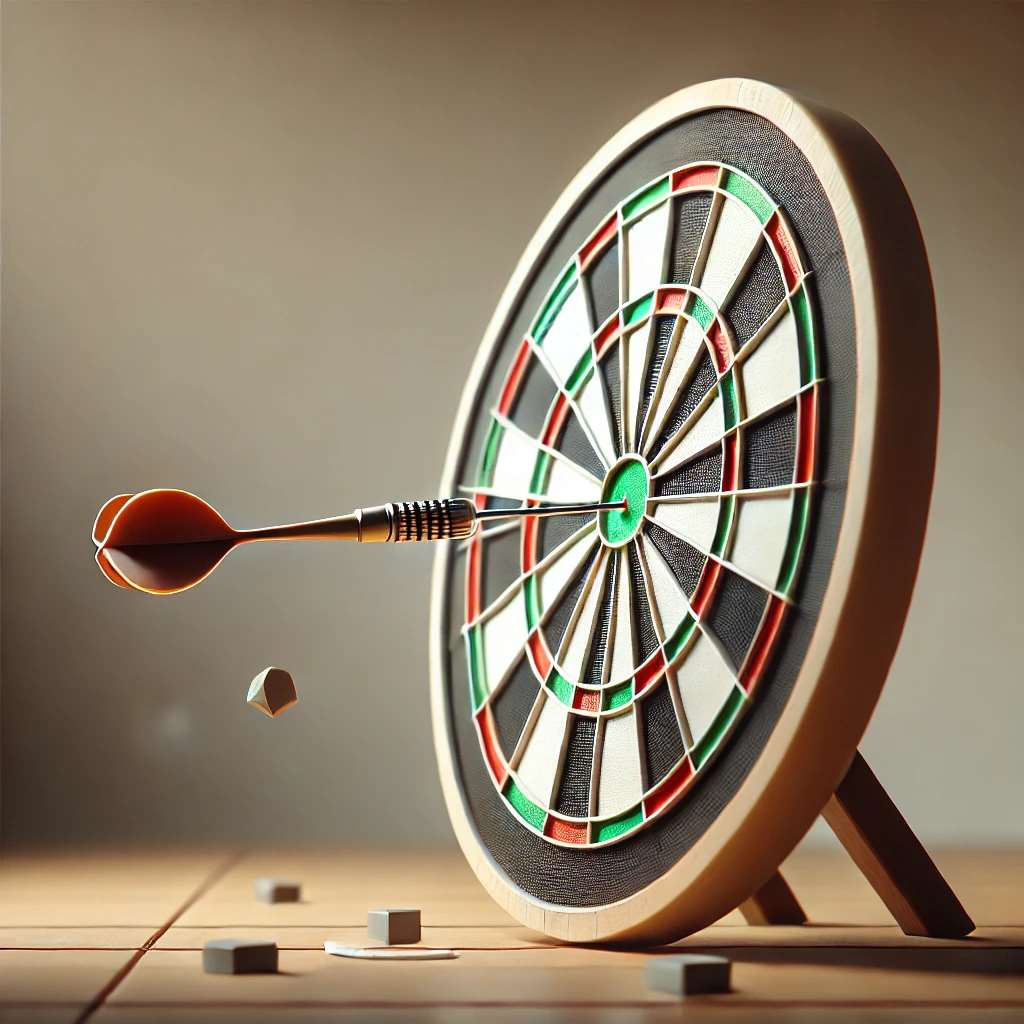
Assessing the Damage
The first step in sharpening bent dart points is assessing the extent of the damage. A slight bend might be easily corrected, while a severely damaged point might require more aggressive techniques, or might ultimately be beyond repair. For minor bends, gentle reshaping with your fingers or pliers might suffice. However, for more significant bends, you’ll need to use the sharpening stone.
Reshaping the Dart Point
If your dart point is significantly bent, carefully use needle-nose pliers to gently straighten it. Avoid applying excessive force, as this could further damage the point or even snap it off. Work slowly and methodically, making small adjustments until the point is relatively straight. This is a crucial step in sharpening bent dart points, laying the foundation for a sharp, accurate dart.
Honing the Point on a Sharpening Stone
Once the point is straight, it’s time to hone it to a sharp edge. Using a fine-grit sharpening stone, gently run the point across the surface, maintaining a consistent angle and pressure. Remember, less is more! It’s better to take your time and apply several light strokes than to apply heavy pressure that could damage the point. For tungsten points, use the fine side of the stone exclusively; steel points can tolerate slightly coarser grits initially, but always finish with a fine grit.
For particularly stubborn bends or damaged points, you might find it helpful to use the honing steel to refine the point’s edge. It is a crucial step to achieving a precision point for improved accuracy and flight. This stage is critical for ensuring your sharpening bent dart points process results in a well-defined, highly effective tip.
Cleaning and Inspection
After sharpening, clean the dart point thoroughly with a soft cloth. Inspect the point carefully under good lighting to ensure it’s straight and evenly sharpened. If any imperfections remain, repeat the sharpening process until you’re satisfied with the result. It’s critical to make this a thorough inspection of your sharpening bent dart points efforts.
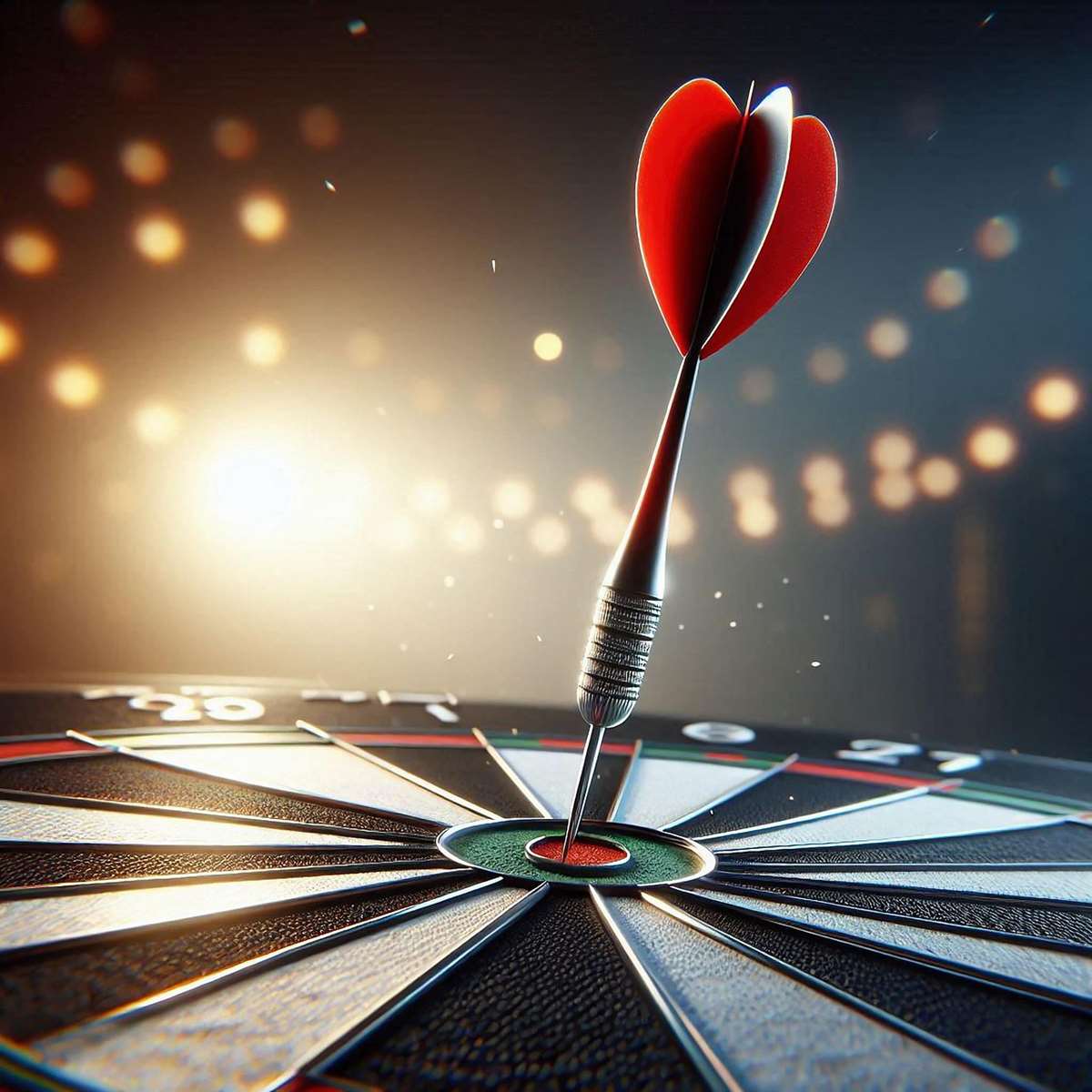
Preventing Bent Dart Points
While knowing how to sharpen bent dart points is crucial, preventing them from bending in the first place is even better. Here are some preventative measures:
- Use a proper dartboard: A high-quality sisal dartboard is less likely to damage your darts.
- Avoid throwing darts at hard surfaces: Practice only on a designated dartboard.
- Proper throwing technique: Correct technique minimizes the risk of bending darts. Consider taking a lesson on dart shaft length for control for better throwing technique.
- Store your darts carefully: Use a dart case to protect your darts from damage. Regular dart equipment maintenance for longevity is also helpful.
- Consider dart point protectors: These can help safeguard the points against damage during storage and transport. Check out our flight protector reviews for some recommendations.
Different Dart Point Materials
The method for sharpening bent dart points can vary depending on the material. Tungsten darts, for instance, are exceptionally hard and require a fine-grit stone for sharpening. Steel points, while less durable, can tolerate slightly coarser grits. However, it’s always safest to err on the side of caution and use only fine grits to avoid damaging the point.
Tungsten Darts
Tungsten dart points are exceptionally hard and require careful handling. Using excessive force during sharpening bent dart points made of tungsten can easily chip or damage the point. Stick to the fine-grit sharpening stone and gentle strokes for best results. Consider the overall Darts Equipment Maintenance Customization aspect for your tungsten darts.
Steel Darts
Steel dart points are generally more forgiving than tungsten points. However, excessive force can still cause damage. When sharpening, use a combination stone, starting with a slightly coarser grit if necessary, and finishing with a fine grit to create a razor-sharp point. Remember to be gentle when sharpening bent dart points, regardless of the material.
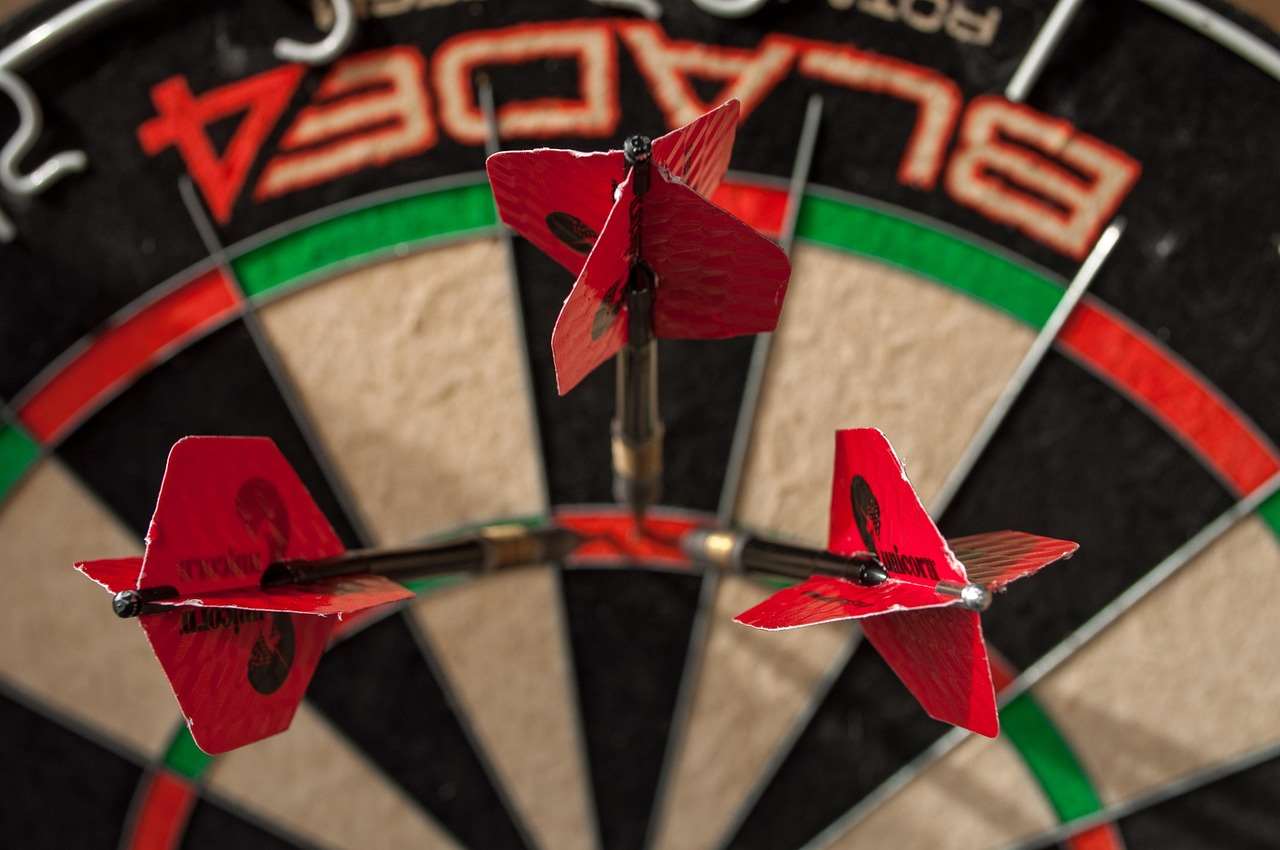
Advanced Techniques for Sharpening Bent Dart Points
For those seeking ultimate precision in their sharpening bent dart points process, there are a few advanced techniques to consider. These often involve specialized tools and a higher level of skill, so practice and patience are key.
Using a Rotary Tool
A rotary tool with a fine-grit sanding attachment can be used to carefully reshape and sharpen dart points. However, this method requires significant skill and precision to avoid damaging the point. Start with a slow speed and apply light pressure, constantly checking the point’s shape. It’s crucial to exercise utmost caution when using this method for sharpening bent dart points.
Electrolytic Sharpening
For truly dedicated dart enthusiasts, electrolytic sharpening offers a highly precise method for reshaping and sharpening dart points. This specialized technique involves using an electrical current to remove material, resulting in an incredibly sharp and durable point. This is often used by professional dart players who need precision sharpening on a regular basis. It’s not something typically done at home, though.
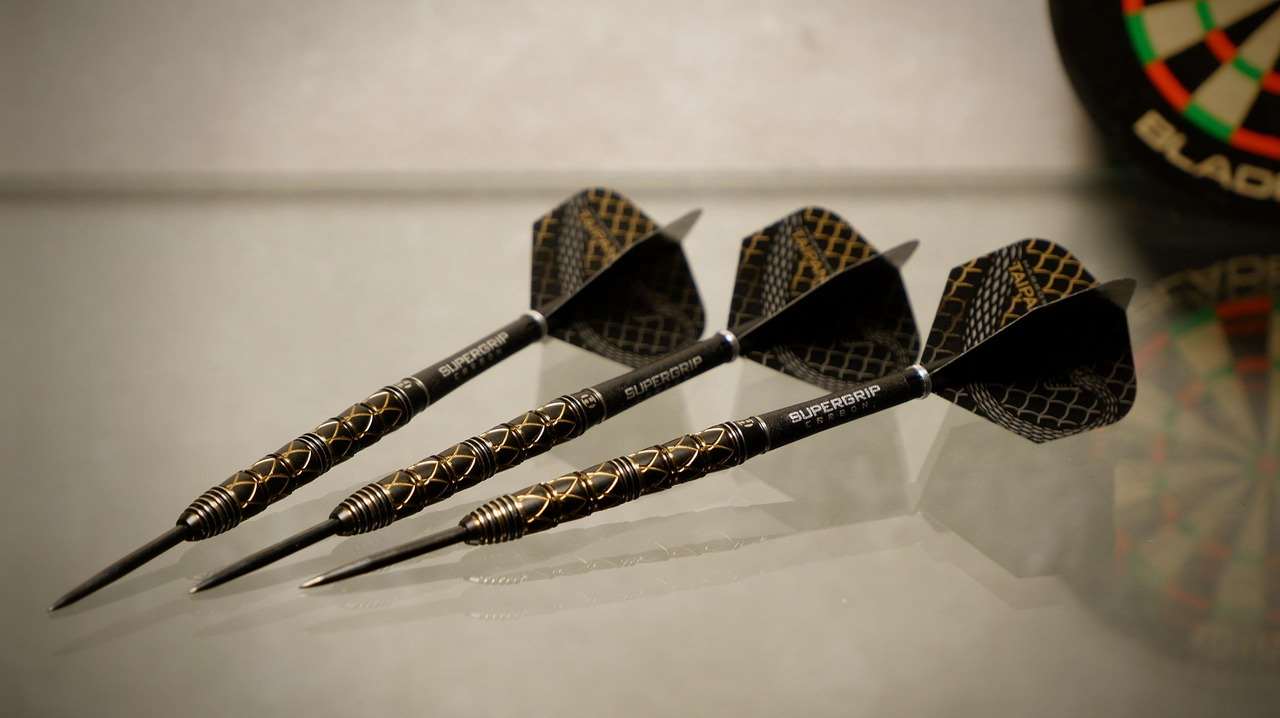
Beyond Sharpening: Dart Maintenance
Regular maintenance is key to maximizing the lifespan of your darts and maintaining their performance. This includes regular cleaning of the barrels, flights, and shafts, as well as periodically replacing worn-out components. Knowing how to properly replace flights and shafts will help you keep your darts in top condition. Regular maintenance also contributes to preventing bent points by keeping your darts well-maintained and preventing premature wear and tear.
Remember to always refer to the manufacturer’s instructions for specific recommendations regarding your dart’s maintenance. Knowing how to care for your equipment is as important as knowing how to sharpening bent dart points. Replacing worn-out components should be part of your regular routine as well. Check out our guide on dart equipment replacement protocol for more information.
Regularly inspect your darts for any signs of damage, including bent points, worn-out flights, or damaged shafts. Addressing these issues promptly can prevent further damage and prolong the life of your darts. In case of severe damage or if you’re not comfortable with sharpening bent dart points yourself, consider having a professional service it.
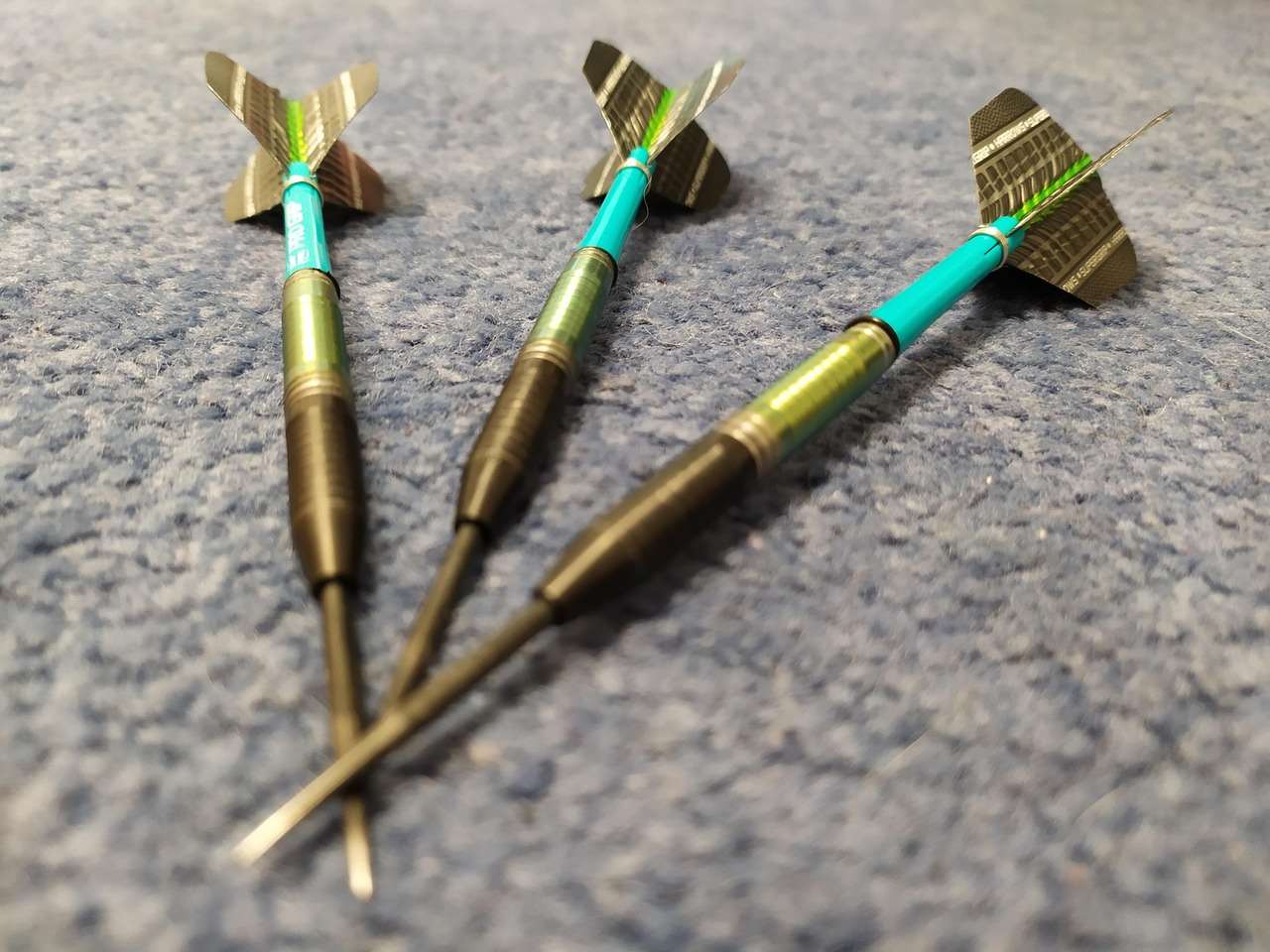
Conclusion
Sharpening bent dart points is a valuable skill for any serious dart player. This guide has provided comprehensive instructions and tips for restoring damaged points, along with valuable insights into prevention and maintenance. By following these techniques, you can prolong the life of your darts, improving your game’s consistency and performance. Whether you’re dealing with tungsten or steel points, mastering these techniques will undoubtedly enhance your game. Remember to always prioritize safety and take your time, ensuring a precise and effective sharpening process. And don’t forget to check out our other resources on darts-culture-and-community-guide for more tips and tricks!
Hi, I’m Dieter, and I created Dartcounter (Dartcounterapp.com). My motivation wasn’t being a darts expert – quite the opposite! When I first started playing, I loved the game but found keeping accurate scores and tracking stats difficult and distracting.
I figured I couldn’t be the only one struggling with this. So, I decided to build a solution: an easy-to-use application that everyone, no matter their experience level, could use to manage scoring effortlessly.
My goal for Dartcounter was simple: let the app handle the numbers – the scoring, the averages, the stats, even checkout suggestions – so players could focus purely on their throw and enjoying the game. It began as a way to solve my own beginner’s problem, and I’m thrilled it has grown into a helpful tool for the wider darts community.